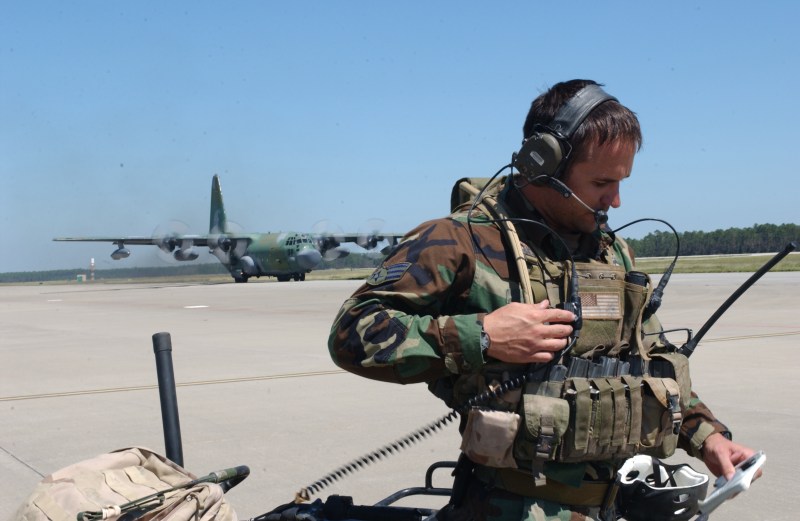US Marine Corps Infantry Tactics

Introduction to US Marine Corps Infantry Tactics
The United States Marine Corps is renowned for its elite infantry forces, which have been at the forefront of numerous military operations throughout history. The Corps’ infantry tactics are designed to maximize the effectiveness of its ground combat units, leveraging the unique capabilities and strengths of Marine infantrymen. At the heart of these tactics is the emphasis on speed, surprise, and violence of action, principles that guide Marines in achieving decisive victories on the battlefield.
Principles of Marine Corps Infantry Tactics

Marine Corps infantry tactics are built upon several foundational principles, including: - Initiative: Marines are trained to seize and maintain the initiative, dictating the pace and nature of the battle. - Decentralization: Decision-making authority is pushed down to the lowest levels, enabling junior leaders to act decisively in dynamic environments. - Combined Arms: The integration of different military branches (infantry, artillery, air support) to achieve a synergistic effect on the battlefield. - Maneuver Warfare: Emphasizing mobility and surprise to disrupt the enemy’s ability to respond effectively.
Tactical Fundamentals

The tactical fundamentals of Marine Corps infantry include: - Fire and Maneuver: One element provides suppressive fire while another maneuvers to gain a favorable position. - Suppression: Using firepower to prevent the enemy from effectively returning fire or moving. - Cover and Concealment: Utilizing terrain and other features to protect against enemy fire and observation. - Security: Maintaining awareness and protective measures to prevent surprise or encirclement.
Small Unit Tactics

Small units, such as squads and platoons, are the building blocks of Marine infantry tactics. These units are designed to be highly adaptable and capable of independent action. Key aspects include: - Squad Leaders who direct their teams with clear, concise orders. - Fire Teams that operate in a coordinated manner to execute fire and maneuver tactics. - Rifleman who are proficient in a variety of skills, including marksmanship, first aid, and navigation.
Mechanized and Motorized Operations

The integration of vehicles into infantry operations enhances mobility and firepower. Marine Corps infantry tactics include the use of: - Amphibious Assault Vehicles (AAVs) for beach assaults and mechanized operations. - Light Armored Vehicles (LAVs) for reconnaissance and security missions. - Humvees and 7-Ton Trucks for motorized transport and logistics support.
Urban Warfare Tactics

Urban environments pose unique challenges, including dense populations, complex terrain, and the potential for civilian casualties. Marine Corps tactics in urban warfare focus on: - Clearing Operations: Methodical room-to-room and building-to-building searches to secure areas. - Safety of Non-Combatants: Minimizing harm to civilians through precise targeting and careful planning. - Intelligence Gathering: Leveraging local sources and reconnaissance to understand the enemy’s disposition and intentions.
Air Support and Close Air Support (CAS)

The Marine Corps places a high value on air support, particularly close air support, which involves aircraft attacking enemy positions in close proximity to friendly forces. Tactics include: - Joint Terminal Attack Controllers (JTACs): Trained personnel who direct aircraft onto targets. - Forward Air Controllers (FACs): Officers who coordinate air support and ensure the effective employment of air assets.
📝 Note: The integration of air support into infantry operations requires meticulous planning and coordination to ensure safety and effectiveness.
Conclusion and Future Directions

In summary, US Marine Corps infantry tactics are characterized by their emphasis on speed, surprise, and the violent application of force. Through the application of principles such as initiative, decentralization, and combined arms, Marine infantry units achieve a high level of effectiveness on the battlefield. As military technology and the nature of conflict continue to evolve, the Marine Corps remains committed to adapting its tactics to meet emerging challenges, ensuring that its infantry forces remain among the most formidable in the world.
What are the core principles of Marine Corps infantry tactics?

+
The core principles include initiative, decentralization, combined arms, and maneuver warfare, all of which are designed to maximize the effectiveness of infantry units in achieving their objectives.
How does the Marine Corps approach urban warfare?

+
The Marine Corps approaches urban warfare with a focus on clearing operations, safety of non-combatants, and intelligence gathering. These tactics are designed to secure urban areas while minimizing harm to civilians and infrastructure.
What role does air support play in Marine Corps infantry tactics?

+
Air support, particularly close air support, is a critical component of Marine Corps infantry tactics. It provides a significant enhancement to ground operations, offering precision firepower and real-time reconnaissance capabilities.



